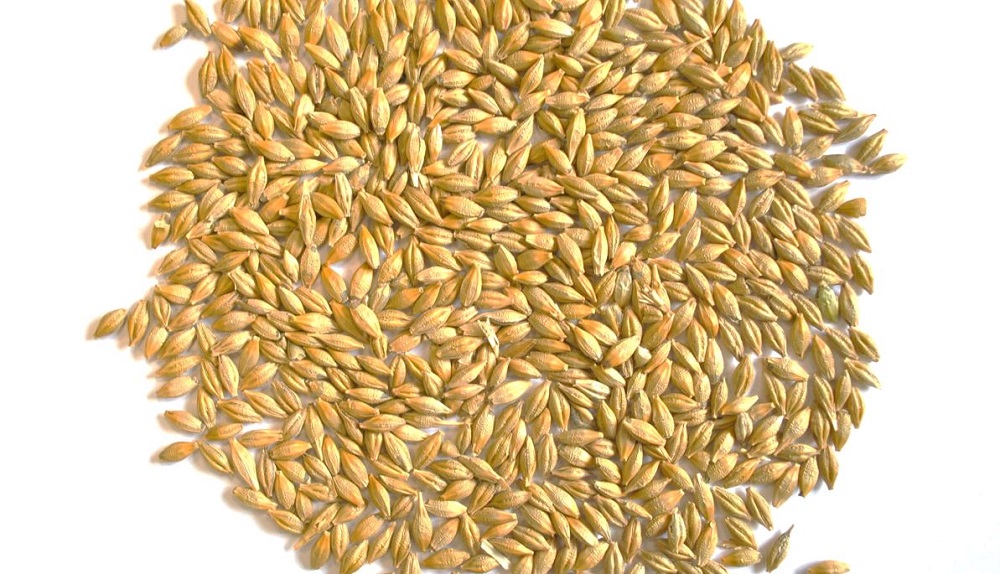- Home
- Knowledge library
- The main components of yield in barley
The main components of yield in barley
From the number of ears to the weight of individual grains, this page outlines the main components of barley yields. It also includes the main yield benchmarks.
Growth guides for wheat, barley and oilseed rape
AHDB Recommended Lists home page
Grain yield and its components
Benchmark: 8.8 t/ha at 15% moisture
Benchmarks: 775 ears/m2, 25 grains/ear, 46 mg/grain
Grain yield is the product of three components: ears/m2, grains/ear and individual grain weight.
Most yield variation between sites and seasons reflects differences in grain number, rather than grain size.
However, late-season drought, lodging or disease all impair photosynthesis, hence can reduce grain filling.
High yields depend on sufficient numbers of ears, so crop managers should aim to maximise growth as ears form.
Some compensation for low ear numbers can occur but only crops with relatively few shoots produce more grains/ear.
Final distribution of dry matter
Benchmark: 14.8 t/ha dry matter with 51% harvest index
Other influences: All aspects of husbandry, rainfall
Final dry matter distribution in barley:
- 51% grain
- 43% stem (straw) and leaf material
- 6% chaff
The harvest index (ratio of grain weight to total above-ground crop weight) varies relatively little between site and season, unless serious lodging, late-season drought or disease significantly reduce grain filling. Total crop dry weight indicates likely yield because the harvest index is relatively stable.
Spring barley yields
Spring barley yields about 20% less than winter barley, although the difference is smaller in the North than in the South.
In spring barley, 30–35% of grain carbohydrate comes from the flag leaf and peduncle, 25–45% from the ear and 20–45% from the rest of the plant. Spring barley has a harvest index of around 54%.
Implications for management
- Manage crops early in the season to ensure high grain number/m2 and high yield
- Maintain canopy lifespan through control of late-season disease, to maximise grain filling
- Harvest as soon as possible after the crop is ripe to reduce harvest losses
How to measure grain yield
Accurate measurement of yield is essential to assess the success of husbandry and plan approaches for future yield enhancement.
Yield mapping combines are now common, but it is important that these are set up appropriately and calibrated.
If mapping is not available, grain can be weighed over a weighbridge. The moisture content of the grain must be known so that yields can be adjusted to 85% dry matter.
On a smaller scale, yield and Harvest Index (HI) can be determined from quadrat samples taken just before harvest.
To determine the HI, after weighing the whole dried sample, the grain should be threshed and weighed separately.
HI (%) = Dry weight of grain ÷ Dry weight of whole plant (grain, straw, chaff) × 100
It is important to know the moisture content of grain to determine yield at 85% dry matter and to store grain effectively (including drying strategies).
For the grain weight, the thousand grain weight (TGW) is the commonly used metric measurement. Weigh out 40 g of dried grain as accurately as possible. Count the number of grains in this sample, then calculate the TGW using:
TGW (g) = (Weight of dried grain sample (g) ÷ Number of grains in sample) x 1000
 AHDB
AHDB
Topics:
Sectors:
Tags:

